If you work in B2B, you know the stereotype all too well:
"Product management envisions the product; product engineering builds it; and product marketing… Well, product marketing makes pretty slides."
It's a line many of us in product marketing have heard, and it speaks to a deeper challenge: the persistent gap between engineering stakeholders and marketing.
As a Senior Product Marketing Manager (PMM), I have repeatedly experienced this tension.
However, I also bring a unique perspective: just before entering product marketing, I served a year as an Engineering Manager. This last experience wasn't a long tenure, but it was long enough to report directly to an Engineering Principal, sit in technical reviews, and be accountable for delivery.
That experience shaped how I now approach engineers as stakeholders. I know firsthand how they think, what they value, and why they sometimes dismiss marketing.
The good news? With the right approach, product marketing can earn the respect of engineering stakeholders – and become a trusted partner in driving outcomes that matter to the business.
Why B2B engineers dismiss marketing
It's essential to understand the "why" before trying to fix the "how." In B2B environments, especially enterprise software or fintech, the skepticism is rooted in three main dynamics:
1) Different time horizons.
Engineers measure success in days or weeks, focusing on metrics such as sprint velocity, code coverage, defect reduction, and vulnerabilities fixed.
In contrast, marketers measure success in months or quarters, focusing on metrics like pipeline growth, sales cycle velocity, and brand equity. To engineers, marketing impact often feels distant from their reality.
2) Evidence-driven culture.
B2B engineering thrives on proofs of concept, performance benchmarks, and objective metrics. Messaging, positioning, or campaigns may feel too abstract, lacking the hard evidence they use to guide decisions.
3) Suspicion of "spin."
Engineers are trained to eliminate ambiguity. They may perceive marketing language as vague or inflated, especially when buzzwords replace clear language. One of my former colleagues once said to me, "Please tell me again what you are doing now without so many adjectives". That comment captured the skepticism perfectly.
Unless marketing demonstrates rigor, engineers will continue to see it as non-essential.
Lesson 1: Translate marketing goals into measurable business outcomes
When engaging engineers, avoid talking in abstract marketing terms. In B2B, tie your work directly to measurable impact on sales or adoption.
Instead of:
"We're refining our messaging to highlight differentiation."
Say:
"Our updated messaging helped teams cut the time from first conversation to demo by 12% in pilot accounts. For the product, that could mean faster evaluations and less pressure on your team to build custom one-offs."
This translation shows engineers that marketing is not just wordsmithing – it's an evidence-based lever for efficiency in long sales cycles.
Lesson 2: Anchor everything in customer problems
As an Engineering Manager, one of the most important lessons I absorbed from my manager was this: code only matters if it solves a customer problem.
That perspective has stayed with me in marketing. When engaging with engineers now, I always try to make customer pain points the centerpiece of the conversation.
For example:
- Discovery calls: Summarize quotes that directly connect customer pain points to the features engineers have built.
- Competitive intelligence: Show how technical decisions close gaps against rivals.
- Case studies: Highlight proof points where the product delivered measurable ROI.
In B2B, engineers are more receptive when they see how their work supports customer outcomes and competitive advantage, not just roadmap checkboxes.
Lesson 3: Share win/loss insights as engineering feedback loops
In enterprise sales, win/loss data is gold. Yet too often, it's presented only to sales or executives. Sharing it with engineering can be transformative.
For example:
- A loss report that cites "unclear product roadmap" becomes a conversation starter with engineering leads about aligning messaging to delivery.
- A win report that celebrates a technical feature validates their hard work and builds pride.
When I've brought this information into engineering syncs, the mood shifted instantly. Instead of skepticism, engineers leaned in: "Wait, customers mentioned our API design specifically? That's exactly what we pushed for."
In B2B contexts, where deals can take six months or longer, these moments connect engineers to revenue impact, reframing marketing as the messenger of their success.
Lesson 4: Establish a common measurement language
One of the most common misalignments is that marketing and engineering don't speak the same measurement language. Engineers live in dashboards: uptime percentages, defect trends, query latency. Marketing lives in attribution reports, campaign metrics, and funnel conversion rates.
To bridge this gap, marketers can create a shared dashboard that allows engineering to see how product adoption metrics are tied to marketing activity.
For example you can showcase:
- Usage spikes post-campaign.
- Feature adoption curves tied to enablement programs.
- Reduction in support tickets after clearer messaging.
By integrating product analytics and marketing KPIs, the conversation shifts from "your work vs. ours" to "our combined impact."
Lesson 5: Use your past to build credibility
I can't overstate the value of my brief experience in engineering management. I openly share it when I face resistance: "I've been responsible for sprint deliverables too. I know the stress of a broken build. I'm not here to add overhead. I'm here to make sure the work you ship has maximum market impact."
This kind of transparency changes the dynamic. Engineers don't see me as an outsider.
They see me as someone who has walked in their shoes and is now using that perspective to amplify their work.
Of course, not every PMM was responsible for sprint deliverables or had come from an engineering experience like I did. However, the most important thing here is to find an interaction, event, or experience in your career that resonates with the engineers' day-to-day work.
Lesson 6: Position marketing as an engineering multiplier
In complex B2B cycles, engineering is often under pressure to justify resource allocation. Marketing can position itself as the force that multiplies engineering's impact by ensuring:
- Sales alignment: Reps are equipped to explain technical differentiators accurately without diluting their message.
- Market validation: Features that engineers invest in get spotlighted in analyst reports, customer references, and competitive positioning.
- Customer adoption: Technical innovations aren't buried in release notes; they are turned into compelling narratives that drive usage.
As one of the VPs usually says, the company is like a boat:
- Sales is the sail (impulse)
- Product management is the rudder (direction)
- Delivery is the hull (support and stability)
And I like to add:
- Engineering is the mast and keel, providing structure above and balance below.
- Marketing is the compass and visibility, pointing toward opportunity and making the boat visible in the ocean.
That metaphor resonates, especially when engineers see marketing as a force multiplier, not a layer of paint.
Lesson 7: Drive stakeholder management
In B2B, it's not just about engineers vs. marketers. It's about stakeholder management.
Engineering leaders want influence in roadmap prioritization, Product wants to own strategy, and Marketing wants to own narrative. Misalignment here can stall progress.
Here's what I'm working on:
Know your stakeholders.
To align and influence purposefully, you need to know your stakeholders very well. For each stakeholder, you should be able to respond to all of these questions:
- What are your main goals for this year (or quarter)?
- Which KPIs or metrics are most important to you?
- What challenges are you currently facing in your role?
- What are your biggest concerns or risks in your area?
- What would make this collaboration most valuable for you and your team?
With this information, you'll be able to reach them better.
Create tailored engagement strategies.
As I gather information from each of my stakeholders, I never present the same narrative to all the stakeholders. For engineers, I highlight data integrity and customer proof. For product, I stress market alignment. For sales-driven leaders, I show pipeline influence.
This approach has been a lifesaver in enterprise settings where alignment is as critical as execution.
Bringing it all together
The gap between engineering and marketing isn't going away. In fact, as B2B products become increasingly complex (such as AI-driven platforms, fintech infrastructure, and enterprise SaaS), the need for mutual respect and collaboration grows.
From my journey as both an Engineering Manager and now a Senior PMM, here's what I've learned:
- Speak their language: translate goals into measurable, testable outcomes.
- Anchor in customer problems: engineers respect clarity and evidence.
- Share win/loss insights: make customer voices a feedback loop.
- Build shared dashboards: integrate product and marketing KPIs.
- Use your past: credibility comes from lessons learned.
- Be the multiplier: demonstrate how marketing amplifies the work of engineering.
- Drive stakeholder management: tailor engagement by stakeholder.
The next time you hear "product marketing is just fluff", don't push back defensively. Instead, show, not tell, how marketing is a critical enabler of adoption, revenue, and customer success.
Marketing done right doesn't dilute the contribution of engineering. It shines a spotlight on it and ensures the market gives them the recognition they deserve.


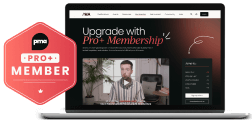


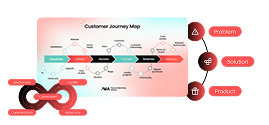


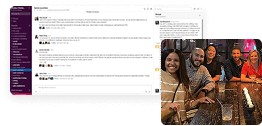
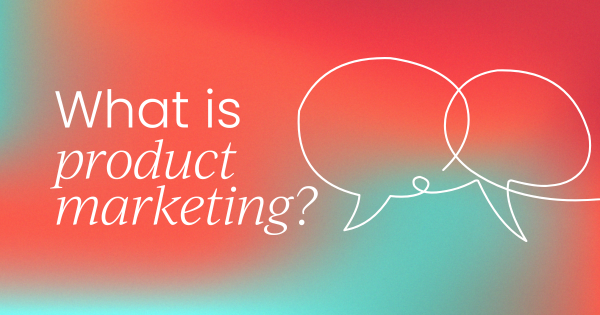
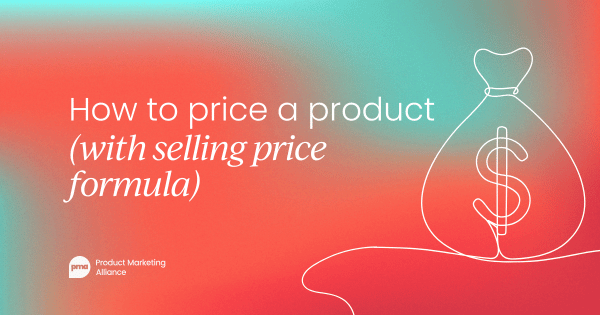

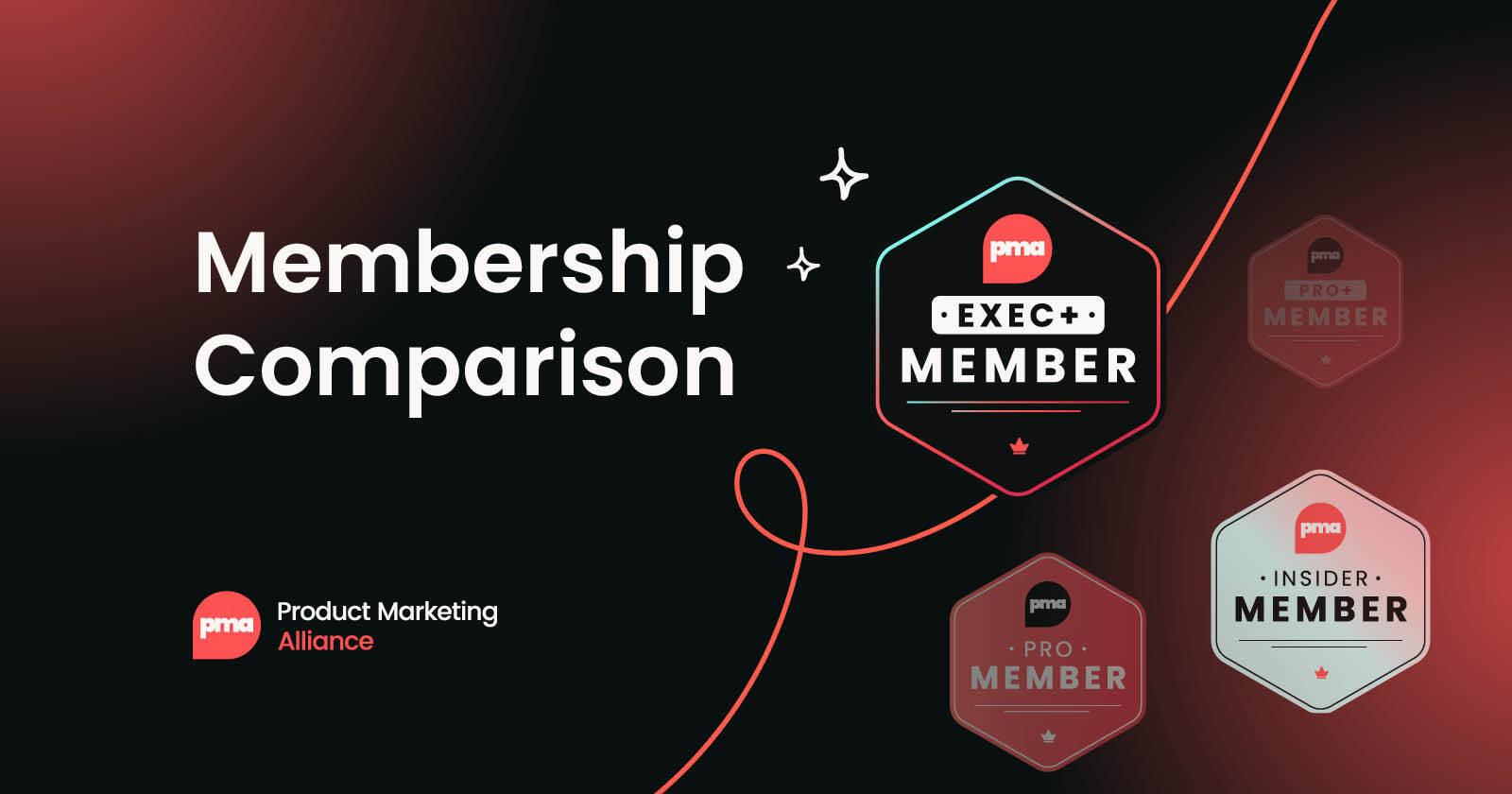
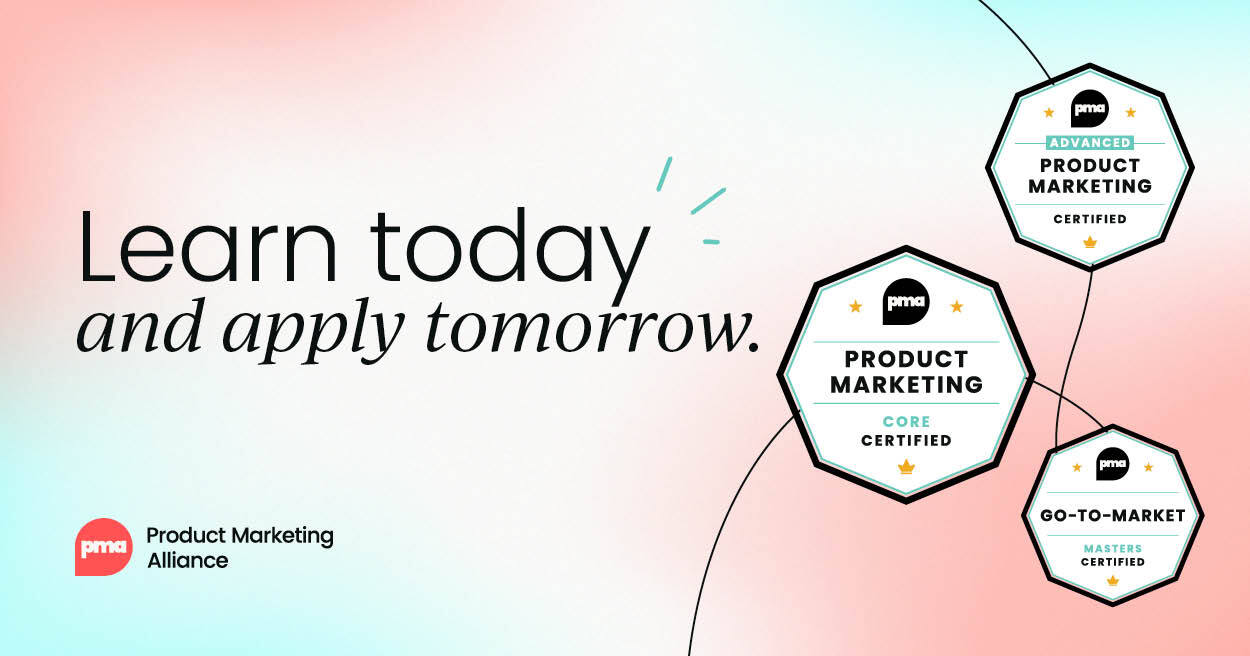
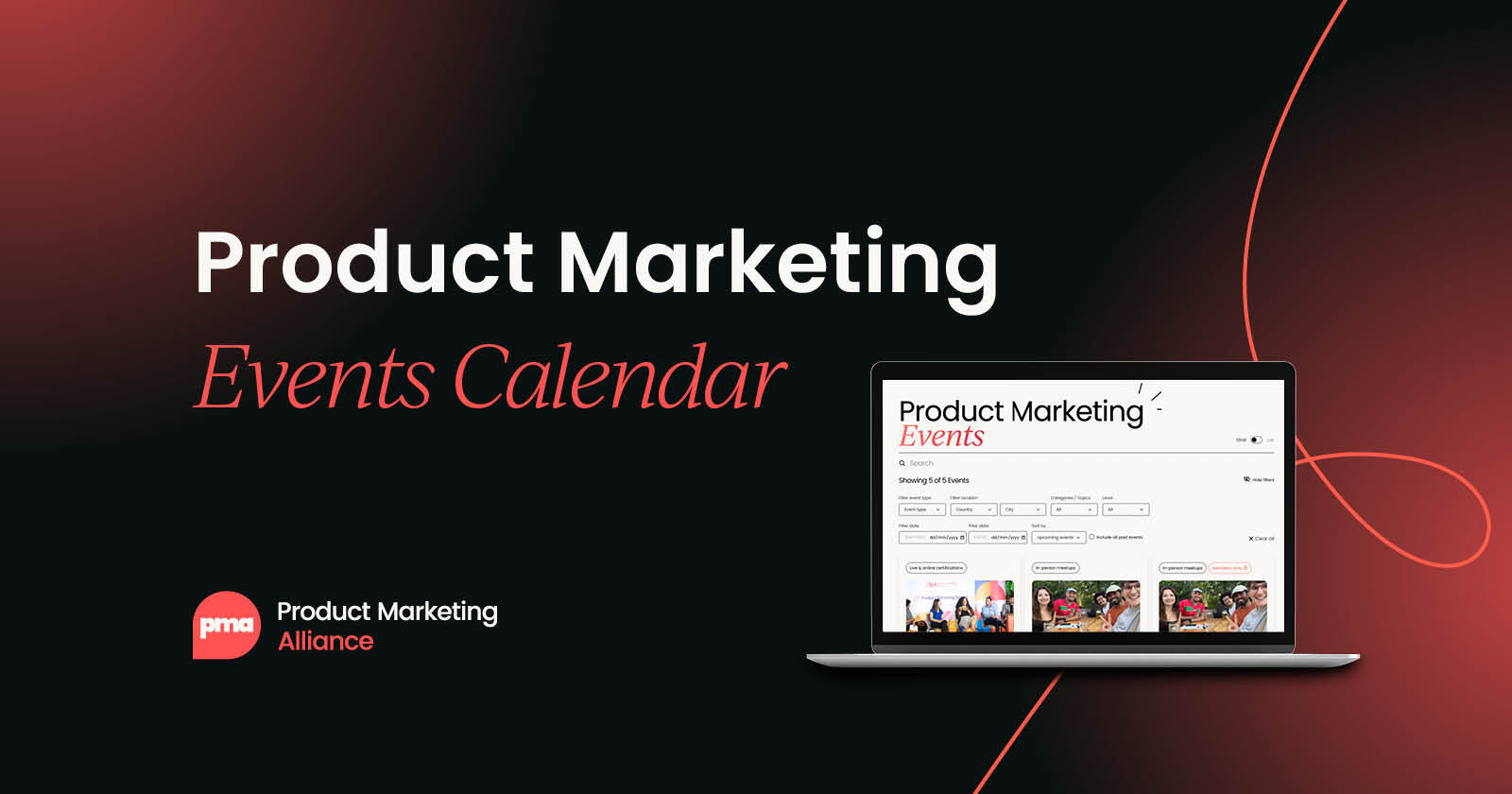
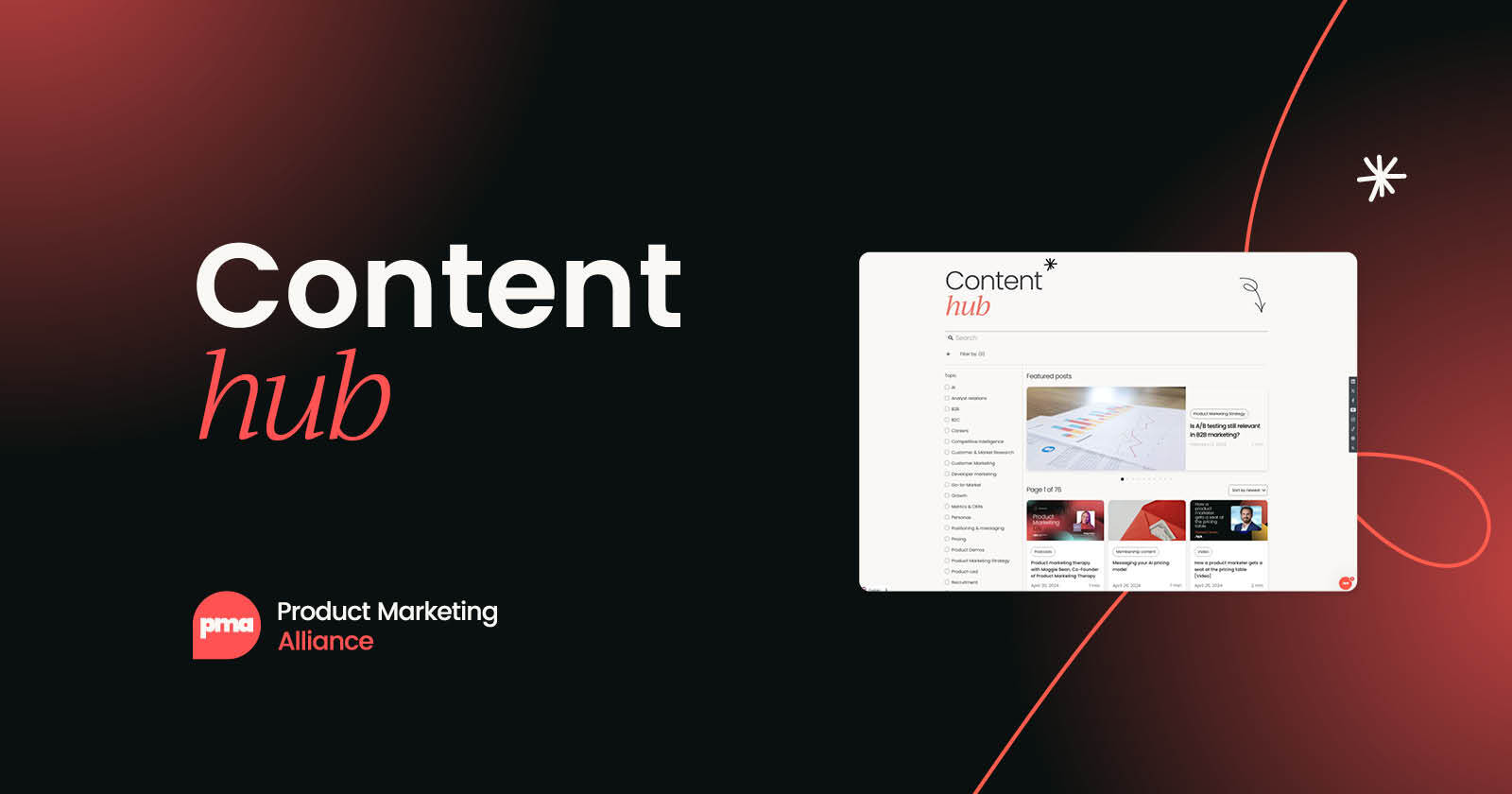

 Follow us on LinkedIn
Follow us on LinkedIn

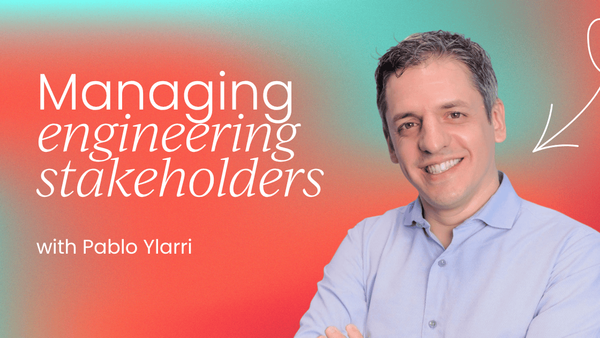


.svg)
Start the conversation
Become a member of Product Marketing Alliance to start commenting.
Sign up now